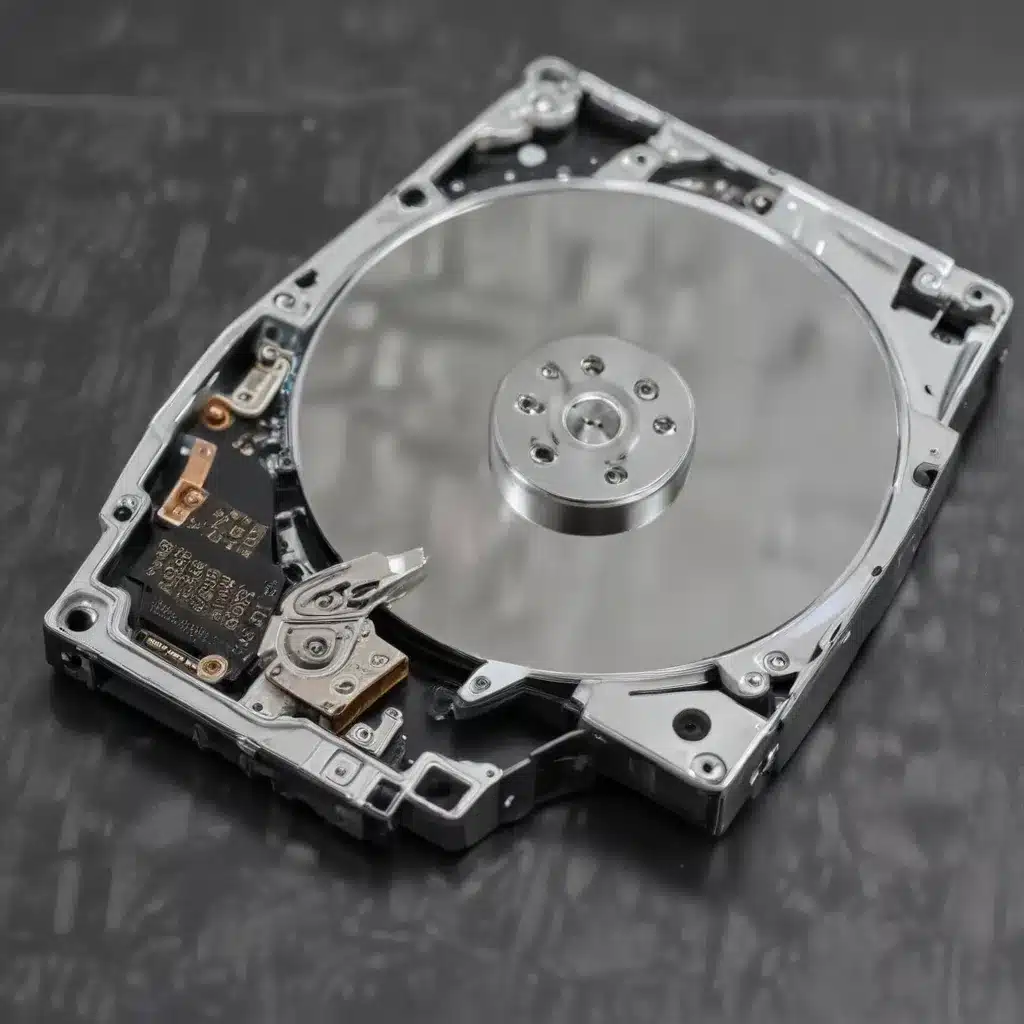
Solid-State Drives (SSDs)
Solid-state drives (SSDs) have become increasingly popular in recent years, replacing traditional hard disk drives (HDDs) in many computing devices. Unlike HDDs, which store data on magnetic platters, SSDs use flash memory to retain information. This difference in underlying technology has significant implications when it comes to data recovery.
SSD Technology
SSDs are composed of NAND flash memory cells, which are grouped together in blocks and pages. These memory cells can only be written to when they are in an “erased” state. To overcome this limitation, SSDs employ a process called wear leveling, which distributes data across the drive to ensure even usage of the memory cells and extend the lifespan of the SSD.
SSD Data Storage
When you delete a file on an SSD, the operating system simply marks the corresponding data blocks as “available” for future use. However, the data itself is not immediately overwritten. This is where the TRIM command comes into play.
The TRIM command is a feature implemented by the operating system to help manage the SSD’s wear leveling. TRIM proactively identifies and erases blocks of data that are no longer in use, improving the drive’s efficiency and longevity. Unfortunately, this also means that once the TRIM command has executed, the deleted data is effectively gone forever.
Data Recovery
Recovering deleted files from an SSD can be a challenging task, especially compared to traditional HDDs. The unique characteristics of SSD technology, particularly the TRIM command, make it much more difficult to retrieve previously deleted data.
Deleted File Recovery
If you have accidentally deleted a file on your SSD and want to attempt recovery, it’s crucial to act quickly. The longer you continue using the drive after the deletion, the lower the chances of successful recovery. This is because the TRIM command may have already been executed, or the SSD’s wear leveling may have overwritten the deleted data.
Undelete Utility Tools
There are various data recovery software tools available that claim to be able to recover deleted files from SSDs. However, the effectiveness of these tools is often limited due to the nature of SSD technology. Some popular options include Recuva, DMDE, and TestDisk.
While these tools may be able to detect the presence of deleted files, they often struggle to fully recover the data, especially if the TRIM command has been executed. The recovered files may be corrupted or incomplete, and the original file structure may be lost.
Data Recovery Techniques
For the best chance of recovering deleted files from an SSD, it’s recommended to seek the assistance of professional data recovery services. These experts have access to specialized equipment and techniques that may be able to bypass the TRIM command and extract data from the SSD’s memory cells.
One such technique is called chip-off data recovery, where the SSD’s memory chips are physically removed and analyzed to retrieve the deleted data. This process is delicate and requires significant expertise, but it can be the last resort for critical data recovery.
File System Management
To understand the challenges of SSD data recovery, it’s helpful to have a basic understanding of how file systems and data storage work on these drives.
File System Structures
Unlike HDDs, which store data in a linear fashion, SSDs use a block-based file system. This means that data is stored in discrete blocks, which are then managed by the drive’s firmware and the operating system.
File Allocation Tables
When you delete a file on an SSD, the operating system updates the file allocation table (FAT) to mark the corresponding data blocks as “available” for future use. However, the actual data remains on the drive until it is overwritten by the TRIM command or new data.
Metadata and Inodes
In addition to the file allocation table, SSDs also store metadata about files, such as their names, sizes, and locations. This metadata is stored separately from the actual file data, and it is this metadata that is typically used by data recovery tools to identify and attempt to recover deleted files.
Data Security and Privacy
Securing data on an SSD can be a complex task, as the unique characteristics of these drives require special consideration.
Data Encryption
One way to enhance the security of data stored on an SSD is to use full-disk encryption. This ensures that even if the drive is physically compromised, the data remains unreadable without the appropriate encryption key.
Secure Deletion
Securely deleting data from an SSD can be challenging, as the TRIM command and wear leveling can make it difficult to ensure that all traces of the data have been removed. In some cases, physically destroying the SSD may be the only way to guarantee that the data is unrecoverable.
Data Sanitization
For organizations or individuals dealing with sensitive data, it’s crucial to follow proper data sanitization protocols when decommissioning or disposing of SSDs. This may involve using specialized software or hardware tools to ensure that the data is completely and irreversibly erased.
Remember, when it comes to data recovery on SSDs, speed and caution are of the essence. If you’ve accidentally deleted important files, act quickly and consider seeking the help of professional data recovery services to maximize your chances of a successful recovery.
And if you’re looking for expert IT support in the Manchester area, be sure to check out IT Fix, where our team of skilled technicians can assist you with a wide range of hardware, software, and data-related issues.












